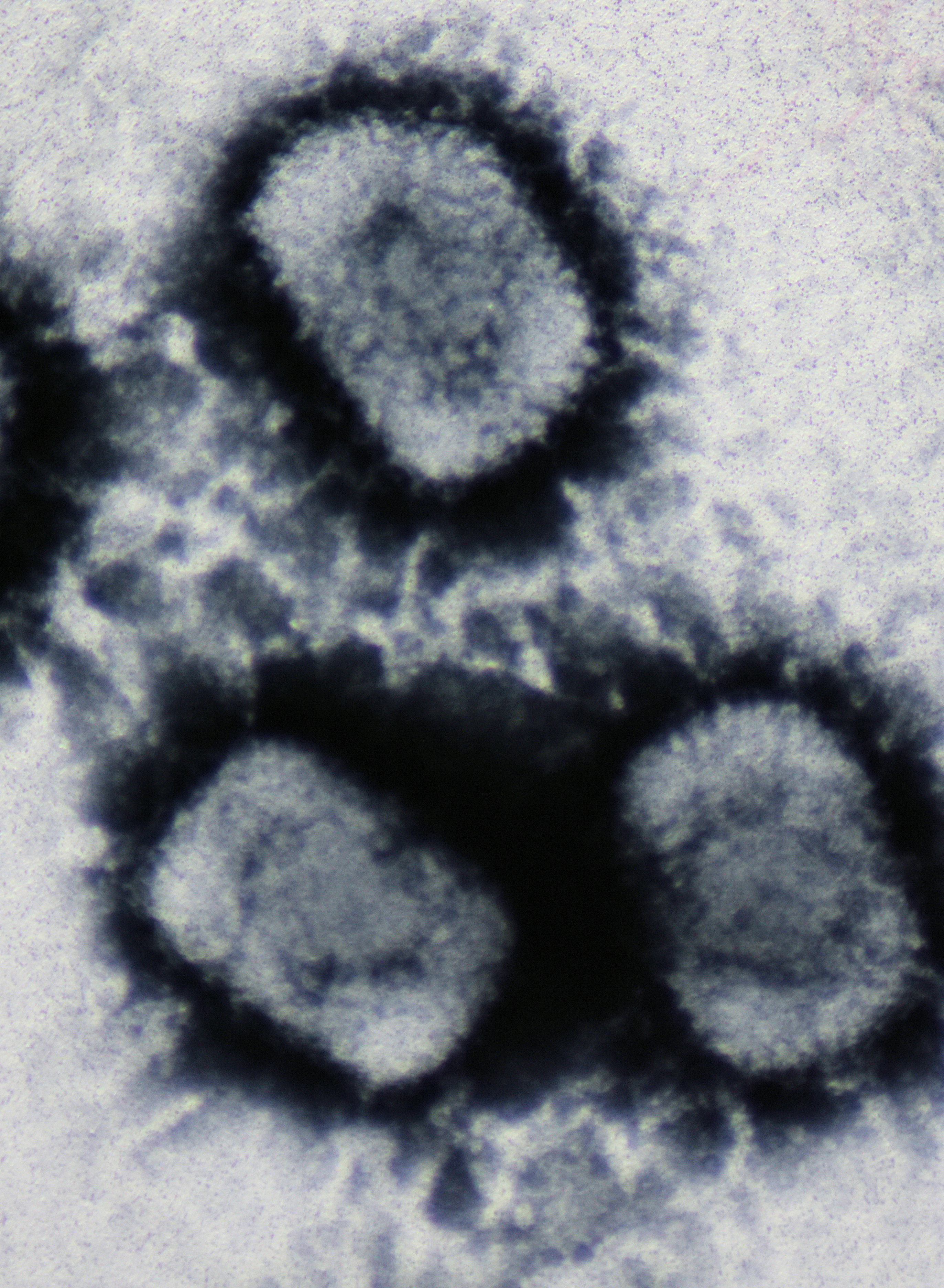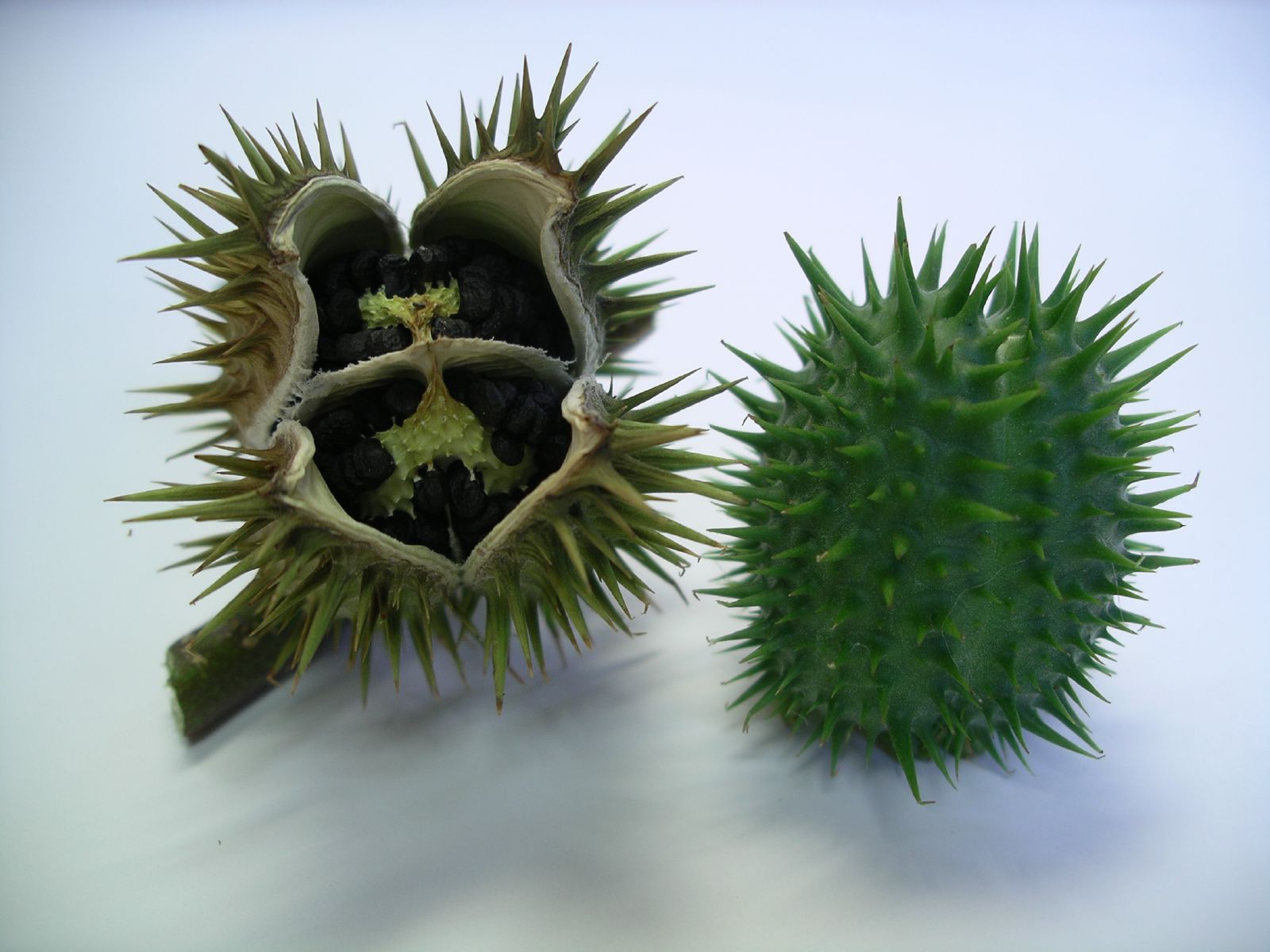|
Tomato Yellow Leaf Curl Virus
''Tomato yellow leaf curl virus'' (TYLCV) is a DNA virus from the genus ''Begomovirus'' and the family ''Geminiviridae''. TYLCV causes the most destructive disease of tomato, and it can be found in tropical and subtropical regions causing severe economic losses. This virus is transmitted by an insect vector from the family ''Aleyrodidae'' and order ''Hemiptera'', the whitefly ''Bemisia tabaci'', commonly known as the silverleaf whitefly or the sweet potato whitefly. The primary host for TYLCV is the tomato plant, and other plant hosts where TYLCV infection has been found include eggplants, potatoes, tobacco, beans, and peppers. Due to the rapid spread of TYLCV in the last few decades, there is an increased focus in research trying to understand and control this damaging pathogen. Some interesting findings include virus being sexually transmitted from infected males to non-infected females (and vice versa), and an evidence that TYLCV is transovarially transmitted to offspring for ... [...More Info...] [...Related Items...] OR: [Wikipedia] [Google] [Baidu] |
DNA Virus
A DNA virus is a virus that has a genome made of deoxyribonucleic acid (DNA) that is replicated by a DNA polymerase. They can be divided between those that have two strands of DNA in their genome, called double-stranded DNA (dsDNA) viruses, and those that have one strand of DNA in their genome, called single-stranded DNA (ssDNA) viruses. dsDNA viruses primarily belong to two realms: ''Duplodnaviria'' and ''Varidnaviria'', and ssDNA viruses are almost exclusively assigned to the realm ''Monodnaviria'', which also includes some dsDNA viruses. Additionally, many DNA viruses are unassigned to higher taxa. Reverse transcribing viruses, which have a DNA genome that is replicated through an RNA intermediate by a reverse transcriptase, are classified into the kingdom '' Pararnavirae'' in the realm '' Riboviria''. DNA viruses are ubiquitous worldwide, especially in marine environments where they form an important part of marine ecosystems, and infect both prokaryotes and eukaryotes. The ... [...More Info...] [...Related Items...] OR: [Wikipedia] [Google] [Baidu] |
Begomovirus
''Begomovirus'' is a genus of viruses, in the family ''Geminiviridae''. They are plant viruses that as a group have a very wide host range, infecting dicotyledonous plants. Worldwide they are responsible for a considerable amount of economic damage to many important crops such as tomatoes, beans, squash, cassava and cotton. There are 445 species in this genus. Morphology Virus particles are non-enveloped. The nucleocapsid is 38 nanometers (nm) long and 15–22 nm in diameter. While particles have basic icosahedral symmetry, they consist of two incomplete icosahedra—missing one vertex—joined together. There are 22 capsomeres per nucleocapsid. Genome Single stranded closed circular DNA. Many begomoviruses have a bipartite genome: this means that the genome is segmented into two segments (referred to as DNA A and DNA B) that are packaged into separate particles. Both segments are generally required for successful symptomatic infection in a host cell but DNA B is depe ... [...More Info...] [...Related Items...] OR: [Wikipedia] [Google] [Baidu] |
Geminiviridae
''Geminiviridae'' is a family of plant viruses that encode their genetic information on a circular genome of single-stranded (ss) DNA. There are 520 species in this family, assigned to 14 genera. Diseases associated with this family include: bright yellow mosaic, yellow mosaic, yellow mottle, leaf curling, stunting, streaks, reduced yields. They have single-stranded circular DNA genomes encoding genes that diverge in both directions from a virion strand origin of replication (i.e. geminivirus genomes are ambisense). According to the Baltimore classification they are considered class II viruses. It is the largest known family of single stranded DNA viruses. Mastrevirus and curtovirus Transmission (medicine), transmission is via various leafhopper species (e.g. maize streak virus and other African streak viruses are transmitted by ''Cicadulina mbila''), the only known topocuvirus species, ''Tomato pseudo-curly top virus'', is transmitted by the treehopper ''Micrutalis malleifera'', ... [...More Info...] [...Related Items...] OR: [Wikipedia] [Google] [Baidu] |
Bemisia Tabaci
The silverleaf whitefly (''Bemisia tabaci'', also informally referred to as the sweet potato whitefly) is one of several species of whitefly that are currently important agricultural pests. A review in 2011 concluded that the silverleaf whitefly is actually a species complex containing at least 40 morphologically indistinguishable species. The silverleaf whitefly thrives worldwide in tropical, subtropical, and less predominately in temperate habitats. Cold temperatures kill both the adults and the nymphs of the species. The silverleaf whitefly can be confused with other insects such as the common fruitfly, but with close inspection, the whitefly is slightly smaller and has a distinct wing color that helps to differentiate it from other insects. While the silverleaf whitefly had been known in the United States since 1896, in the mid-1980s an aggressive strain appeared in poinsettia crops in Florida. For convenience that strain was referred to as (biotype B), to distinguish it f ... [...More Info...] [...Related Items...] OR: [Wikipedia] [Google] [Baidu] |
Chlorosis
In botany, chlorosis is a condition in which leaves produce insufficient chlorophyll. As chlorophyll is responsible for the green color of leaves, chlorotic leaves are pale, yellow, or yellow-white. The affected plant has little or no ability to manufacture carbohydrates through photosynthesis and may die unless the cause of its chlorophyll insufficiency is treated and this may lead to a plant diseases called rusts, although some chlorotic plants, such as the albino ''Arabidopsis thaliana'' mutant ''ppi2'', are viable if supplied with exogenous sucrose. The word ''chlorosis'' is derived from the Greek ''khloros'' meaning "greenish-yellow", "pale green", "pale", "pallid", or "fresh". In viticulture, the most common symptom of poor nutrition in grapevines is the yellowing of grape leaves caused by chlorosis and the subsequent loss of chlorophyll. This is often seen in vineyard soils that are high in limestone such as the Italian wine region of Barolo in the Piedmont, the Spanish wi ... [...More Info...] [...Related Items...] OR: [Wikipedia] [Google] [Baidu] |
Capsicum Annuum
''Capsicum annuum'' is a species of the plant genus ''Capsicum'' native to southern North America, the Caribbean, and northern South America. This species is the most common and extensively cultivated of the five domesticated capsicums. The species encompasses a wide variety of shapes and sizes of peppers, including sweet bell peppers and some chili pepper varieties such as jalapeños, New Mexico chile, and cayenne peppers. Cultivars descended from the wild American bird pepper are still found in warmer regions of the Americas. In the past, some woody forms of this species have been called '' C. frutescens'', but the features that were used to distinguish those forms appear in many populations of ''C. annuum'' and are not consistently recognizable features in ''C. frutescens'' species. Characteristics Although the species name ''annuum'' means 'annual' (from the Latin ''annus'' "year"), the plant is not an annual but is frost tender. In the absence of winter frosts it can survive ... [...More Info...] [...Related Items...] OR: [Wikipedia] [Google] [Baidu] |
Phaseolus Vulgaris
''Phaseolus vulgaris'', the common bean, is a herbaceous annual plant grown worldwide for its edible dry seeds or green, unripe pods. Its leaf is also occasionally used as a vegetable and the straw as fodder. Its botanical classification, along with other '' Phaseolus'' species, is as a member of the legume family Fabaceae. Like most members of this family, common beans acquire the nitrogen they require through an association with rhizobia, which are nitrogen-fixing bacteria. The common bean has a long history of cultivation. All wild members of the species have a climbing habit, but many cultivars are classified either as ''bush beans'' or ''climbing beans'', depending on their style of growth. Best-known cultivar groups include the kidney bean, the navy bean, the pinto bean, and the wax bean. The other major types of commercially grown beans are the runner bean (''Phaseolus coccineus'') and the broad bean (''Vicia faba''). Beans are grown on every continent except Antarcti ... [...More Info...] [...Related Items...] OR: [Wikipedia] [Google] [Baidu] |
Datura Stramonium
''Datura stramonium'', known by the common names thorn apple, jimsonweed (jimson weed), devil's snare, or devil's trumpet, is a poisonous flowering plant of the nightshade family Solanaceae. It is a species belonging to the ''Datura'' genus and '' Daturae'' tribe. Its likely origin was in Central America, and it has been introduced in many world regions. It is an aggressive invasive weed in temperate climates across the world. ''D. stramonium'' has frequently been employed in traditional medicine to treat a variety of ailments. It has also been used as a hallucinogen (of the anticholinergic/antimuscarinic, deliriant type), taken entheogenically to cause intense, sacred or occult visions.Schultes, Richard Evans; Albert Hofmann (1979). ''Plants of the Gods: Origins of Hallucinogenic Use'' New York: McGraw-Hill. . It is unlikely ever to become a major drug of abuse owing to effects upon both mind and body frequently perceived as being highly unpleasant, giving rise to a state of ... [...More Info...] [...Related Items...] OR: [Wikipedia] [Google] [Baidu] |
Malva Parviflora
''Malva parviflora'' is an annual or perennial herb that is native to Northern Africa, Europe and Asia Asia (, ) is one of the world's most notable geographical regions, which is either considered a continent in its own right or a subcontinent of Eurasia, which shares the continental landmass of Afro-Eurasia with Africa. Asia covers an are ... and is widely naturalised elsewhere. Common names include cheeseweed, cheeseweed mallow, Egyptian mallow, least mallow, little mallow, mallow, marshmallow, small-flowered mallow, small-flowered marshmallow and smallflower mallow. ''M. parviflora'' leaf extracts possess anti-inflammatory and antioxidant activities.Bouriche H, Meziti H, Senator A, Arnhold J"Anti-inflammatory, free radical-scavenging, and metal-chelating activities of Malva parviflora." ''Pharm Biol''. 2011 May 19; It has a decumbent or erect habit, growing up to 50 cm in height. The broad leaves have 5 to 7 lobes and are 8 to 10 cm in diameter. It has smal ... [...More Info...] [...Related Items...] OR: [Wikipedia] [Google] [Baidu] |
Genetically Modified Tomato
A genetically modified tomato, or transgenic tomato, is a tomato that has had its genes modified, using genetic engineering. The first trial genetically modified food was a tomato engineered to have a longer shelf life (the Flavr Savr), which was on the market briefly beginning on May 21, 1994. The first direct consumption tomato was approved in Japan in 2021. Primary work is focused on developing tomatoes with new traits like increased resistance to pests or environmental stresses. Other projects aim to enrich tomatoes with substances that may offer health benefits or be more nutritious. As well as aiming to produce novel crops, scientists produce genetically modified tomatoes to understand the function of genes naturally present in tomatoes. Wild tomatoes are small, green and largely unappetizing, but after centuries of breeding there are now thousands of varieties grown worldwide. Agrobacterium-mediated genetic engineering techniques were developed in the late 1980s that coul ... [...More Info...] [...Related Items...] OR: [Wikipedia] [Google] [Baidu] |

.jpg)




.jpg)

